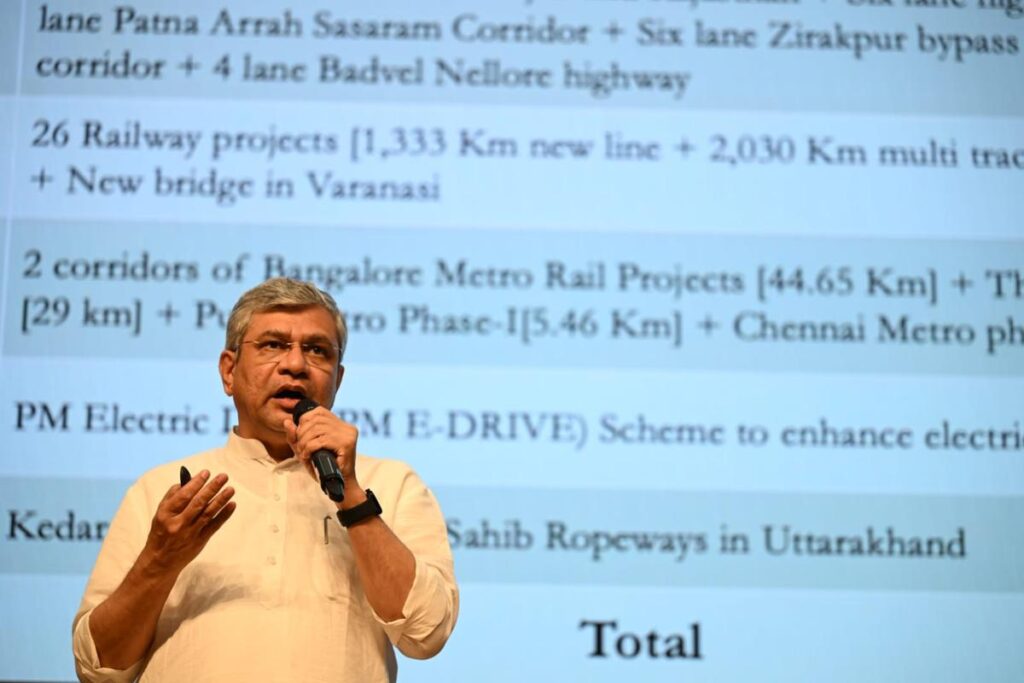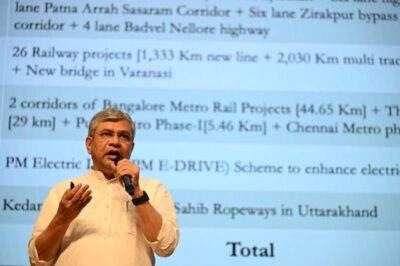
Introduction
In a significant move to enhance regional connectivity and bolster freight transportation, the Union Cabinet, led by Prime Minister Narendra Modi, has approved two major railway infrastructure projects with a combined investment of ₹6,405 crore. These projects aim to modernize the railway network in Jharkhand and neighbouring states, facilitating smoother movement of goods and passengers.
Doubling of Koderma–Barkakana Line
The first project involves the doubling of the 133 km Koderma–Barkakana railway line, a crucial corridor passing through Jharkhand’s primary coal-producing region. This line serves as the shortest and most efficient rail link between Patna and Ranchi, making it vital for both passenger and freight services. The doubling of this track will significantly increase its capacity, reducing congestion and improving the overall efficiency of the railway system in this region.
Strategic Importance of the Koderma–Barkakana Line
The Koderma–Barkakana line is strategically important as it connects key industrial hubs and coal-rich areas, facilitating the transportation of essential commodities like coal, iron ore, and steel. The enhanced capacity will not only support the growing demand for freight services but also improve passenger travel, contributing to the economic development of the region.
Doubling of Ballari–Chikjajur Line
The second project approved by the Cabinet is the doubling of the Ballari–Chikjajur railway line, which spans across Karnataka and Andhra Pradesh. This initiative aims to improve connectivity between these states, enhancing the movement of goods and passengers. The doubling of this line will help in decongesting the existing tracks and provide a more reliable and efficient railway service.
Economic and Environmental Benefits
Both projects are expected to yield substantial economic benefits. The capacity augmentation works will result in an additional freight traffic capacity of 45 million tonnes per annum (MTPA). This increase in capacity will facilitate the transportation of a variety of goods, including agricultural products, fertilizers, coal, iron ore, steel, cement, and limestone. Moreover, the shift towards rail transport, known for its energy efficiency and lower carbon footprint, is anticipated to reduce oil imports by 10 crore litres and lower CO₂ emissions by 240 crore kilograms, equivalent to planting 9.7 crore trees.
Impact on Local Communities
The railway projects are set to positively impact approximately 1,300 villages and benefit around 30 lakh people across the regions. The construction of 14 new stations, including those in aspirational districts like Nuapada in Odisha and East Singhbhum in Jharkhand, will enhance connectivity and open up new opportunities for the local population. These developments are aligned with the PM-Gati Shakti National Master Plan, which emphasizes integrated multi-modal connectivity to facilitate seamless movement of people, goods, and services.
Employment Opportunities
The implementation of these projects is expected to generate significant employment opportunities. The construction phase alone is projected to create approximately 114 lakh man-days of direct employment, contributing to job creation and economic growth in the region. This aligns with the government’s focus on infrastructure development as a means to stimulate economic activity and improve livelihoods.
Conclusion
The approval of these railway infrastructure projects marks a significant step towards modernizing India’s railway network and enhancing regional connectivity. By improving the capacity and efficiency of key railway corridors, the government aims to support economic growth, reduce logistical costs, and promote sustainable transportation. As these projects progress, they are expected to bring about transformative changes in the railway infrastructure, benefiting industries, passengers, and local communities alike.









































Leave a Reply